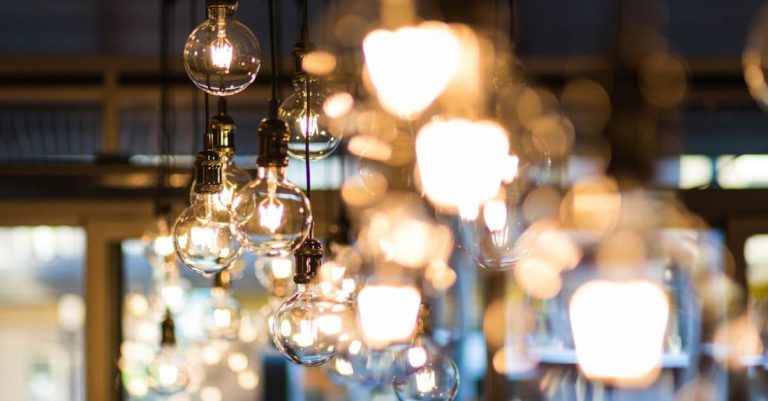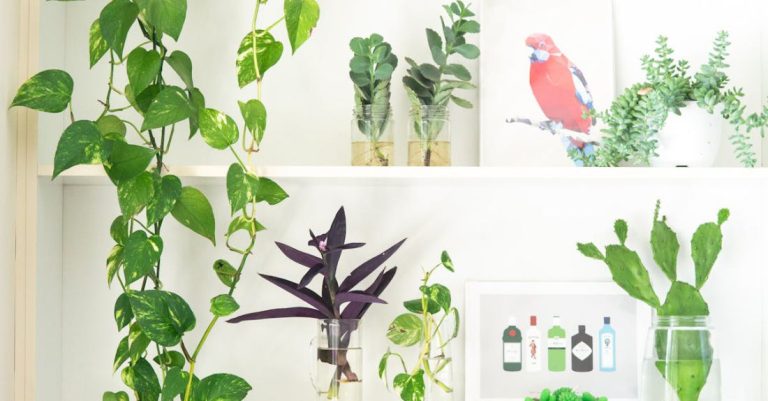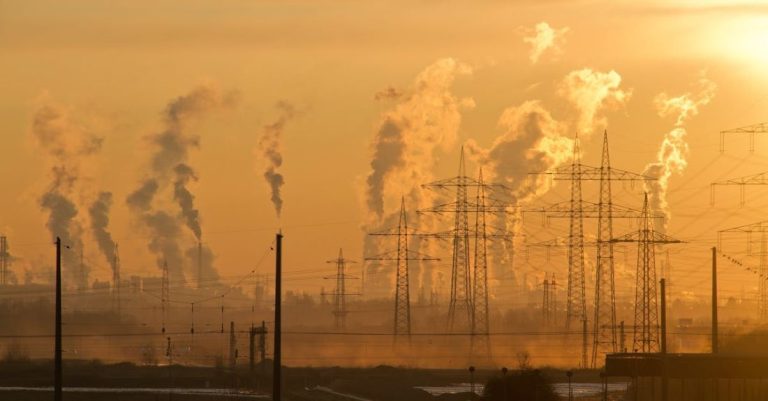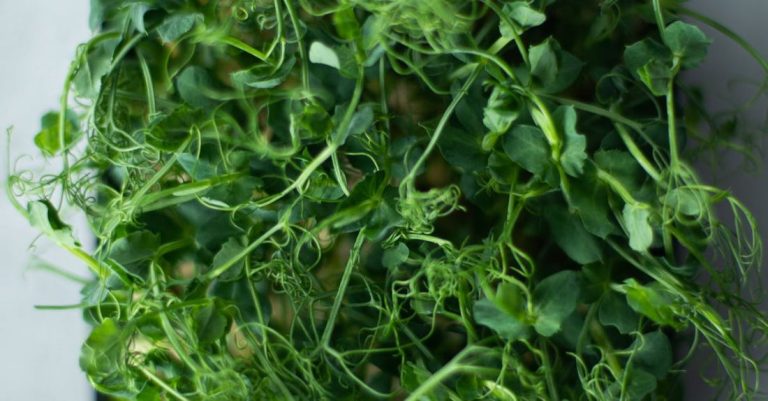
Succulents have gained immense popularity in recent years due to their unique appearance and low maintenance requirements. Creating an indoor succulent garden can bring a touch of nature into your living space while adding a trendy and modern aesthetic. Whether you’re a seasoned plant enthusiast or a novice gardener, cultivating a thriving indoor succulent garden is an achievable and rewarding endeavor. With the right knowledge and a bit of creativity, you can transform any corner of your home into a green oasis. Here’s how to create an indoor succulent garden that will flourish and impress.
Choose the Right Succulents
The first step in creating an indoor succulent garden is selecting the right plants for your space. Succulents come in a wide variety of shapes, sizes, and colors, allowing you to mix and match to create a visually appealing display. When choosing succulents, consider factors such as light requirements, growth habits, and water needs. Opt for a mix of species to create contrast and interest in your garden. Popular choices for indoor succulent gardens include Echeveria, Aloe, Haworthia, and Sedum.
Select Suitable Containers
Once you’ve chosen your succulents, it’s time to select suitable containers for your indoor garden. Succulents have shallow root systems, so ensure that your containers have good drainage to prevent waterlogging, which can lead to root rot. Terra cotta pots are an excellent choice for succulents as they allow excess moisture to evaporate quickly. You can also get creative with your container choices by repurposing vintage teacups, mason jars, or wooden crates for a more eclectic look.
Create a Well-Draining Soil Mix
Succulents thrive in well-draining soil that mimics the rocky, sandy conditions of their natural habitat. To create a suitable soil mix for your indoor succulent garden, combine equal parts of potting soil and perlite or coarse sand. This mix will help prevent water from pooling around the roots, promoting healthy growth and reducing the risk of root rot. Avoid using regular garden soil, as it tends to retain too much moisture, which can be detrimental to succulents.
Arrange Your Succulents
When arranging your succulents in your chosen containers, consider factors such as height, color, and texture to create a visually appealing composition. Taller succulents like Echeveria and Aloe can serve as focal points, while trailing varieties such as String of Pearls or Burro’s Tail can add a cascading element to your garden. Experiment with different arrangements until you find a layout that you find pleasing to the eye. Remember to leave enough space between plants to allow for growth and airflow.
Provide Adequate Light
Succulents require plenty of bright, indirect light to thrive indoors. Choose a sunny spot near a window where your plants can receive at least six hours of sunlight per day. If natural light is limited in your home, consider supplementing with a grow light to ensure that your succulents receive the light they need to stay healthy and vibrant. Rotate your plants periodically to ensure that they receive light evenly on all sides, preventing them from becoming leggy or lopsided.
Water Wisely
One of the most common mistakes in succulent care is overwatering. Succulents are adapted to survive in arid conditions and store water in their leaves, stems, or roots. Water your indoor succulent garden sparingly, allowing the soil to dry out completely between waterings. The frequency of watering will depend on factors such as the season, temperature, and humidity levels in your home. To check if your succulents need water, insert your finger into the soil; if it feels dry an inch below the surface, it’s time to water.
Fertilize Occasionally
While succulents are not heavy feeders, they can benefit from occasional fertilization during the growing season. Use a balanced, water-soluble fertilizer diluted to half the recommended strength to avoid overfeeding. Fertilize your indoor succulent garden once a month during the spring and summer months when your plants are actively growing. Remember to water your succulents before fertilizing to prevent root burn and ensure that the nutrients are absorbed effectively.
Maintain Your Garden
Regular maintenance is key to keeping your indoor succulent garden healthy and thriving. Check your plants regularly for signs of pests, such as mealybugs or spider mites, and treat them promptly to prevent infestations. Remove any dead or yellowing leaves to promote airflow and prevent the spread of disease. As your succulents grow, you may need to repot them into larger containers to provide ample space for their roots to expand. Prune leggy growth and propagate new plants from offsets or cuttings to keep your garden looking neat and full.
Enjoy Your Indoor Succulent Garden
Creating an indoor succulent garden is a rewarding and enjoyable experience that allows you to bring a touch of nature into your home. With the right selection of plants, containers, and care, you can cultivate a beautiful and thriving garden that will brighten up any room. Whether you’re a busy professional, a plant enthusiast, or a beginner gardener, an indoor succulent garden is a low-maintenance and stylish addition to any living space. So roll up your sleeves, get your hands dirty, and enjoy the process of creating and caring for your own indoor oasis of succulents.





